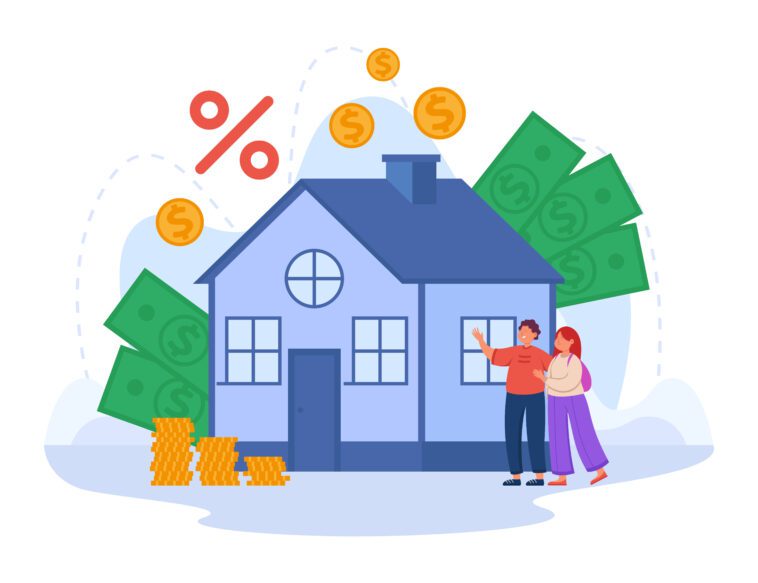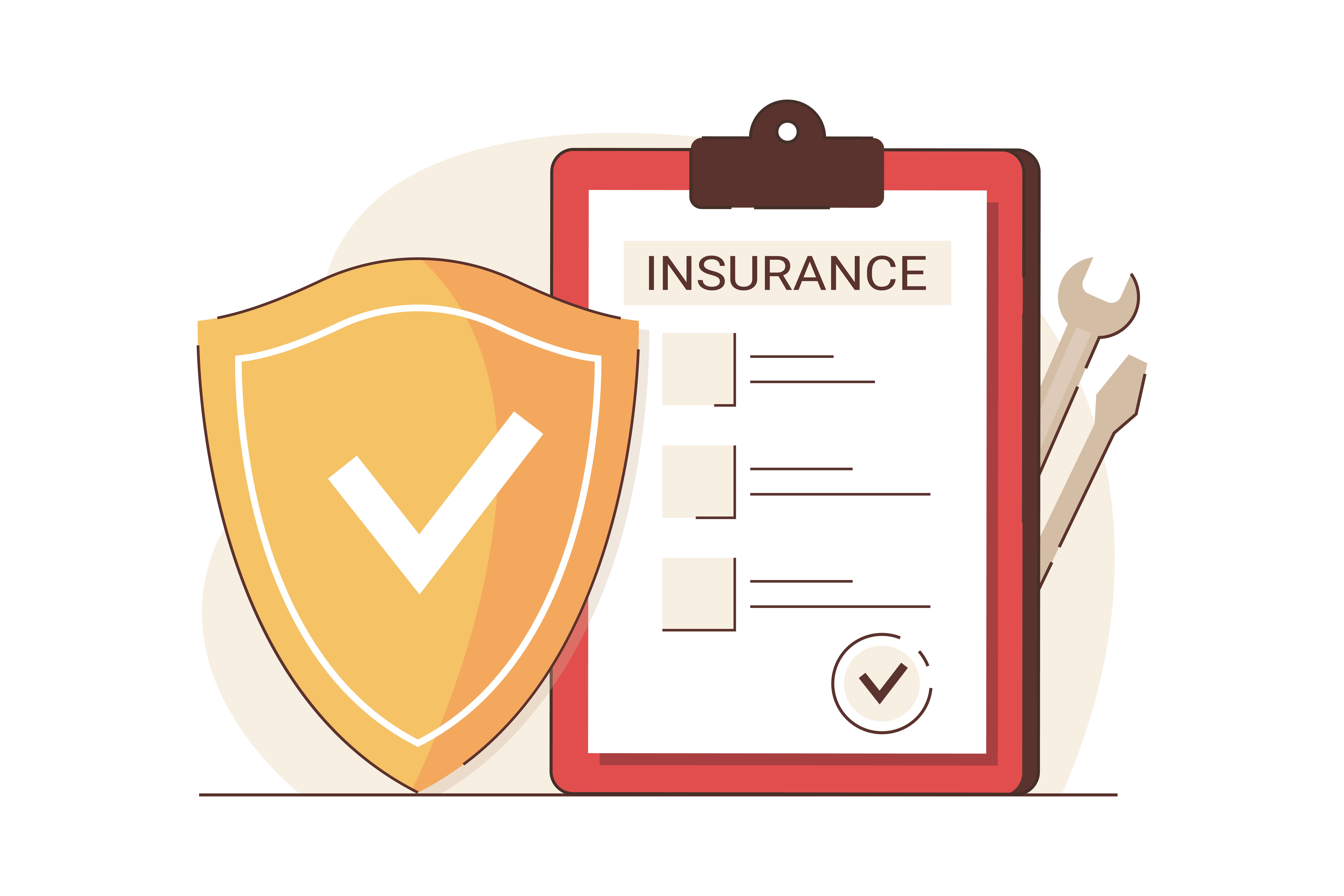If you are looking to purchase a new home, you might want to consider mortgage loans. They are a great way to finance your new home and ensure that you have a home to live in for many years to come. There are different types of loans available, such as interest rate loans, down payment loans, equity release loans, and even reverse mortgages.
Down payment requirements
If you are planning to buy a home, you should be aware of the down payment requirements for mortgage loans. These requirements vary according to your financial situation, loan type, and goals. APM Loan Advisors can assist you in determining what type of down payment you need.
When a prospective homebuyer applies for a loan, he or she must provide information about debt, assets, and employment. The lender will then decide how much of a loan to give you.
Many down payment assistance programs exist across the country. Some offer a low interest loan, while others provide money in a forgivable form. In addition, some allow you to put down as little as 5 percent.
The size of your down payment can make a difference in your monthly mortgage payment and lifestyle. Larger down payments also reduce the risk for the mortgage lender. Since you are less likely to default on a loan, lenders are willing to give you a better interest rate.
Your down payment requirement may be lower if you have a steady income and have a high credit score. Those with a higher credit score will also qualify for a lower annual mortgage insurance premium.
Interest rate
There are a lot of things that contribute to the interest rate on mortgage loans. One of the biggest factors is your overall financial history. If you’ve been paying your bills on time, have a great credit score, and are a good candidate for a loan, you’re likely to get a better deal.
The other major factor is inflation. High rates of inflation are reducing the purchasing power of your money. This can increase the cost of mortgage loans.
Mortgage lenders typically take a loan-to-value ratio into account when pricing their loans. Banks that are able to lend a high percentage of a home’s value can make more money. But the higher the LTV ratio, the higher the interest rate.
Another factor is the type of home you are purchasing. In recent years, interest rates on mortgage loans have been rising more rapidly. Interest-only loans are generally more expensive than annuity-based loans.
According to the Federal Home Loan Mortgage Corporation (FHLMC), the interest rate on a fixed-rate mortgage has moved upward over the past year. Rates on adjustable-rate mortgages and home equity products have been moving in sync with the Fed rate.
While rates aren’t set in stone, most economists predict that they will continue to remain steady. A number of banks have already raised their rates, including ING and KBC.
Forbearance
With the onset of the COVID-19 crisis, lenders and other financial institutions are offering forbearance on mortgage loans. Forbearance is not a long-term solution, but it can provide some temporary relief for borrowers. In addition to providing a break from late payments, forbearance can give a borrower a chance to focus on finding employment.
If your loan is federally backed, you can request a forbearance of up to 180 days. Interest accrues during the forbearance, but it is not paid. Borrowers can also request an extension of the forbearance. Some banks offer one-year forbearance. Other lenders offer a six-month forbearance.
Loans that are brought current during forbearance will not be charged off. The forbearance period does not impact credit ratings.
Borrowers must submit a request and affirm financial hardship during the emergency. If forbearance is granted, the lender or servicer must report the loan as current. However, if the loan is currently delinquent, the delinquency will carry over to the forbearance.
Many banks and credit unions are now offering forbearance on mortgage loans to borrowers. The Mortgage Bankers Association estimates that about 1.62 million homeowners are currently in forbearance plans. These programs often feature online applications.
Foreclosure
Foreclosure on mortgage loans is an expensive and time-consuming process. It can lead to negative equity in a property. However, there are ways to avoid foreclosure.
One way is to modify a loan. Modifications allow borrowers to resume payments or to reduce the balance of the principal. The mortgage company can also extend the maturity date or reduce the interest rate. This may be the best option for a struggling homeowner.
Another option is a cure. A cure is a government program that helps homeowners in distress to stay in their homes. Examples include the Federal Housing Administration’s Home Affordable Modification Program and the US Treasury Department’s Home Affordable Refinance Program.
In recent years, a number of studies have focused on factors affecting mortgage repayment. These studies found that interest rates, debt-to-income ratios and the original loan amount are important factors. They are also correlated with delinquency.
Some researchers have developed systems-wide models to better understand how mortgage loans move from one state to another. These models use quarterly data from 1983-2014.
Researchers have also looked at the effect of interest rates and foreclosures on home prices. Recent research on the housing slump suggests several features related to market frictions.
Reverse mortgages
Reverse mortgages are mortgage loans that allow you to convert the equity in your home into a monthly annuity payment. You can also disburse the funds as a line of credit or as a single lump sum payment.
A reverse mortgage is a good choice for older homeowners who have substantial equity in their homes. It can provide a steady source of income and improve your quality of life. However, you should be aware of the pros and cons of reverse mortgages.
There are different types of reverse mortgages, including single purpose and federally-insured. Federally-insured reverse mortgages are only available through lenders approved by the U.S. Department of Housing and Urban Development (HUD). They come with a high upfront cost and require professional counseling.
Single-purpose reverse mortgages are the least expensive type of reverse mortgage. These are offered by nonprofit organizations and government agencies. The funds can be used for property taxes, repairs, or improvements.
When you apply for a reverse mortgage, you will need to complete a financial assessment. This will determine whether you can afford the insurance and health care costs associated with the loan.
The amount of your loan is based on your age, the appraised value of your home, and current interest rates. You may also have to pay a set-aside for taxes.
Lifetime mortgages
A lifetime mortgage is a type of loan that allows a homeowner to unlock the value of their home. The amount borrowed is typically small, but can be increased over time. These loans are regulated by the Financial Conduct Authority.
In recent years, more and more people are using lifetime mortgages to clear their existing mortgages. They are an ideal way to pay for major expenses like home renovations, and can also be a source of income in later life.
This product is a cash-free alternative to a normal residential mortgage. It can be used for a number of different purposes, including buying a new home, clearing debts, topping up a retirement fund, or funding a holiday of a lifetime.
A lifetime mortgage is a secured loan that does not require any monthly repayments. Instead, interest accumulates and is rolled up into the loan. However, it can be a long and complex process to obtain the money you need.
Most lifetime mortgages are sold at the end of the life of the loan. Depending on the lender’s policy, this can be a good or bad thing. If the lender wants to take the money back, they can charge a penalty.
Equity release mortgages
Equity release mortgages are a way to turn your home’s value into cash. The money can be used for retirement, holidays or debt repayments. They can also be used to pay for long-term care costs. But be sure to consult a financial adviser before taking out an equity release mortgage.
There are two types of equity release mortgages: lifetime and drawdown. Each type has different features and interest rates.
Lifetime mortgages are the most common type. When you sell your home, the lender will take back your money. It is a long-term loan with a high interest rate. Interest rates start at three percent and can go up to six percent. Usually, the interest is fixed.
Equity release mortgages are offered to people who are 55 years old or older. In order to qualify, you should not owe more than the value of your home. You should also consider your current income and standard of living.
To get the best deal, you should shop around. Lenders may have strict age restrictions. Also, you should look at all the options available and find out how much it would cost to repay the loan early.
Equity release mortgages are not an easy way to borrow money. You will need to pay a mortgage intermediary or a financial adviser. A broker can help you to find the best deal.



